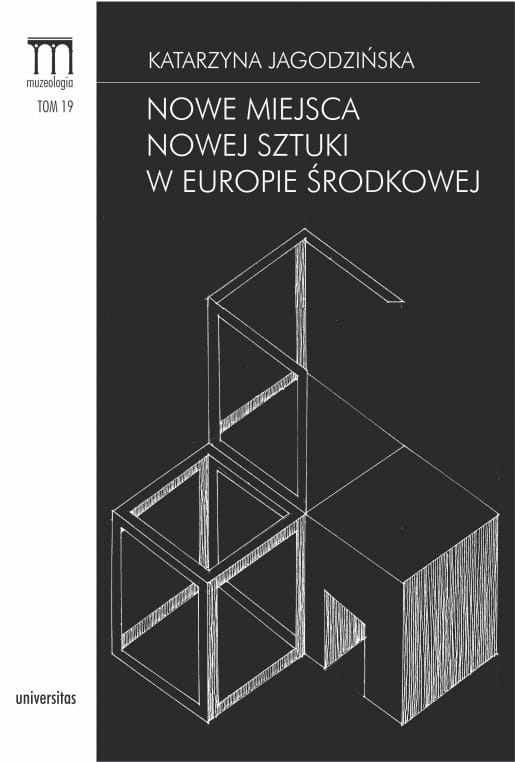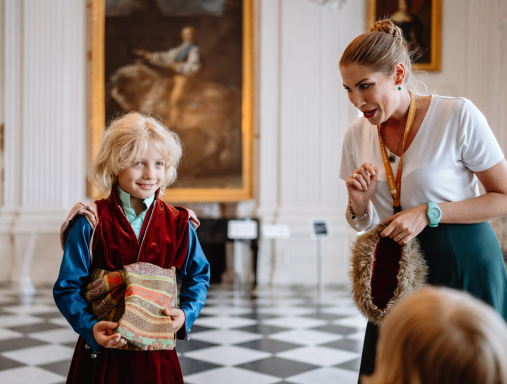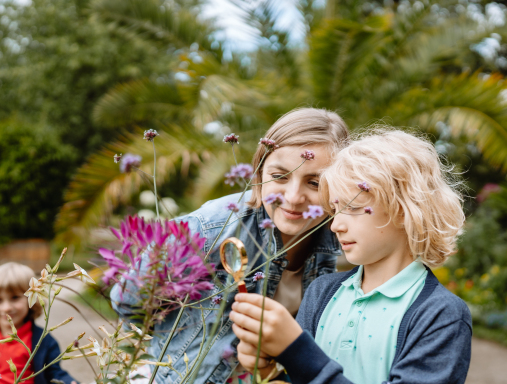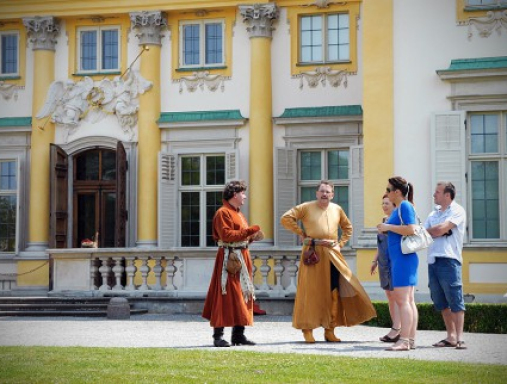New Places for New Art in Central Europe
Product price
45.00 PLNPromotional tags
Product description
Author: Katarzyna Jagodzińska
The museum boom in Central Europe has been going on continuously since the 1990s. New museums of modern and contemporary art, art centres and galleries are being built, and new wings and branches of existing art museums are being opened. The constantly changing ecosystem of art institutions is an integral part of the global boom, but it has its own special face related to the historical conditions of our region. Central Europe suddenly, violently and massively began to fill with projects and then implementations of new places for art – their presence created unprecedented opportunities in the presentation of collections, organisation of exhibitions and other programme activities, ensured appropriate conditions for storing collections, and increased the comfort of visitors. At the same time, the philosophy of museums' operation also changed, which is summarised in the keywords: openness, involvement, participation. The book consists of the voices of directors, owners and curators of selected institutions, as well as collectors and researchers from the Czech Republic, Poland, Slovakia and Hungary. The topic of the interviews is change – the change taking place in institutions and the change in the context in which they operate, both physical, social, economic and political.
‘It is worth reading these interviews and conversations not as a complaint about the problems typical of this part of Europe, but as a vision of the future and an encouragement to transform museums into areas of integration of arts, sciences, fantasy and therapy. Especially since the place of the museum in the environment of the region, city and space nature, is currently changing very rapidly’. – Dorota Folga-Januszewska
Katarzyna Jagodzińska works at the Institute of European Studies at the Jagiellonian University and at the International Cultural Centre in Krakow. She specialises in issues related to museum studies and cultural heritage. Author of the books Czas muzeów w Europie Środkowej. Muzea i centra sztuki współczesnej (1989–2014) [Time of Museums in Central Europe. Museums and centres of contemporary art (1989–2014)] (Kraków, 2014), ‘Art Museums in Australia’ (Kraków, 2017) and ‘Museums and Centres of Contemporary Art in Central Europe after 1989’ (Routledge, 2019). Fellow of the Group of Eight (2014/2015) at the Australian Institute of Art History at the University of Melbourne and the Corbridge Trust at the University of Cambridge (2013).
Canvas bag with the image of Marysieńka
dimensions – 38.5 x 42 cm
type of fabric – 100% cotton
Publisher: Universitas
Year of publication: 2019
Length: 296 pages
Format: 16,5x24 cm
Cover: soft
ISBN 97883-242-3523-0
The museum boom in Central Europe has been going on continuously since the 1990s. New museums of modern and contemporary art, art centres and galleries are being built, and new wings and branches of existing art museums are being opened. The constantly changing ecosystem of art institutions is an integral part of the global boom, but it has its own special face related to the historical conditions of our region. Central Europe suddenly, violently and massively began to fill with projects and then implementations of new places for art – their presence created unprecedented opportunities in the presentation of collections, organisation of exhibitions and other programme activities, ensured appropriate conditions for storing collections, and increased the comfort of visitors. At the same time, the philosophy of museums' operation also changed, which is summarised in the keywords: openness, involvement, participation. The book consists of the voices of directors, owners and curators of selected institutions, as well as collectors and researchers from the Czech Republic, Poland, Slovakia and Hungary. The topic of the interviews is change – the change taking place in institutions and the change in the context in which they operate, both physical, social, economic and political.
‘It is worth reading these interviews and conversations not as a complaint about the problems typical of this part of Europe, but as a vision of the future and an encouragement to transform museums into areas of integration of arts, sciences, fantasy and therapy. Especially since the place of the museum in the environment of the region, city and space nature, is currently changing very rapidly’. – Dorota Folga-Januszewska
Katarzyna Jagodzińska works at the Institute of European Studies at the Jagiellonian University and at the International Cultural Centre in Krakow. She specialises in issues related to museum studies and cultural heritage. Author of the books Czas muzeów w Europie Środkowej. Muzea i centra sztuki współczesnej (1989–2014) [Time of Museums in Central Europe. Museums and centres of contemporary art (1989–2014)] (Kraków, 2014), ‘Art Museums in Australia’ (Kraków, 2017) and ‘Museums and Centres of Contemporary Art in Central Europe after 1989’ (Routledge, 2019). Fellow of the Group of Eight (2014/2015) at the Australian Institute of Art History at the University of Melbourne and the Corbridge Trust at the University of Cambridge (2013).
Canvas bag with the image of Marysieńka
dimensions – 38.5 x 42 cm
type of fabric – 100% cotton
Publisher: Universitas
Year of publication: 2019
Length: 296 pages
Format: 16,5x24 cm
Cover: soft
ISBN 97883-242-3523-0
Select number of pieces
You may also be interested in
1
/
3
-
Rubensiana in Polish Collections. What is What: Original, Replica, Copy?
150.00 PLNView productAdd to cart
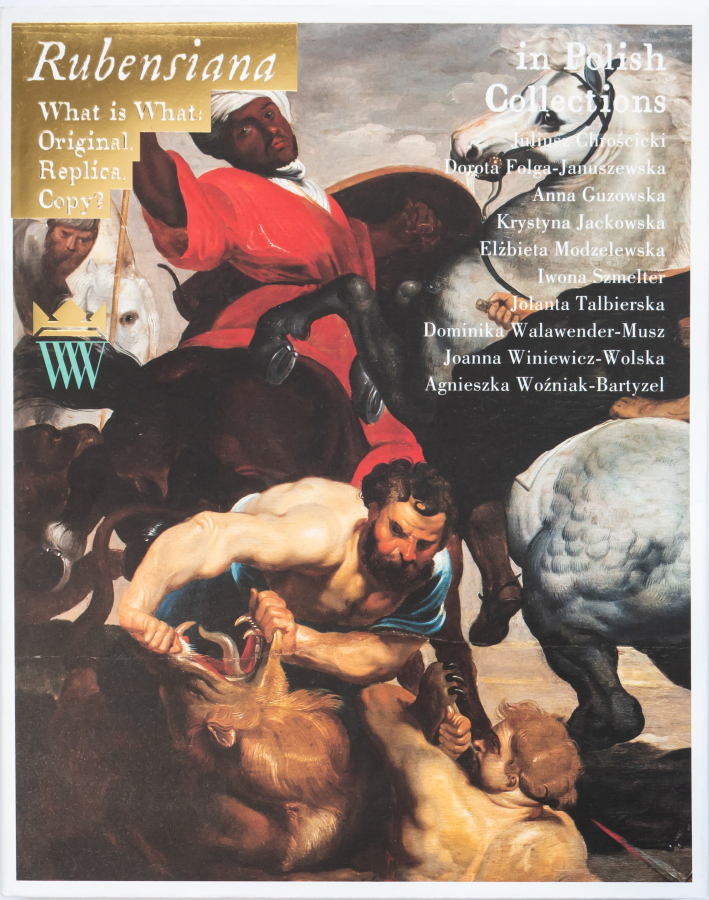
-
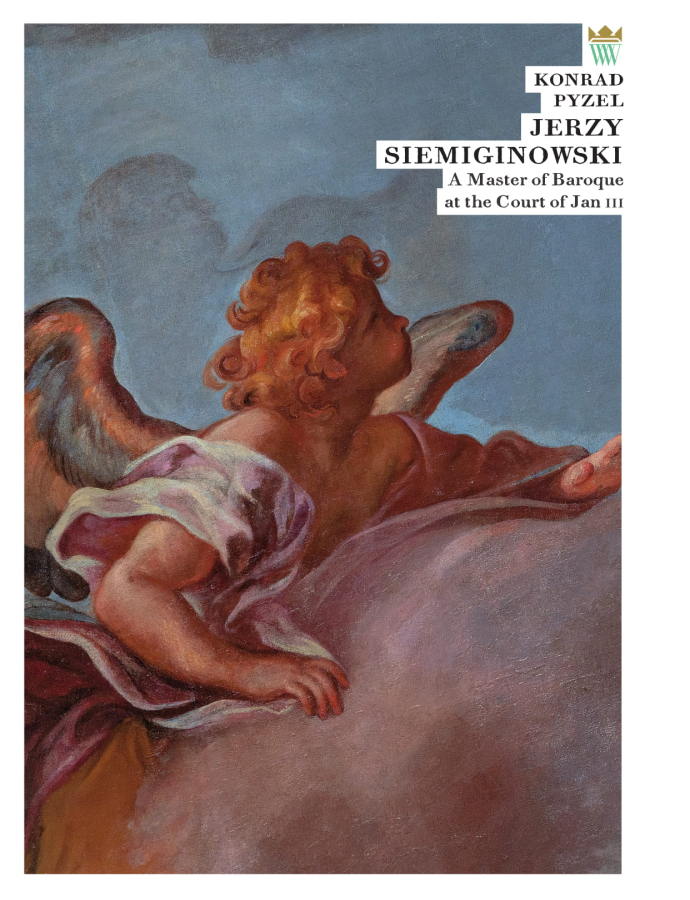
-
Toward a Universal Science. Sculpted and Painted Decorations in the Library of King Jan III at the Wilanów Palace
50.00 PLNView productAdd to cart
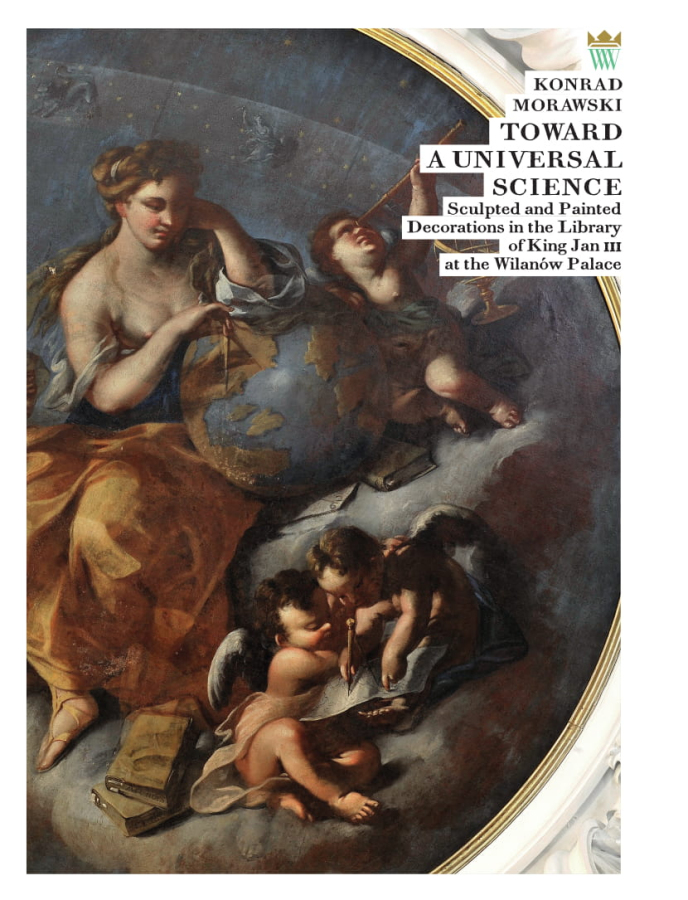
-
A Treasury of Various Sources... The History of the Polish-Lithuanian Commonwealth in the Syllabus of 1759
50.00 PLNView productAdd to cart
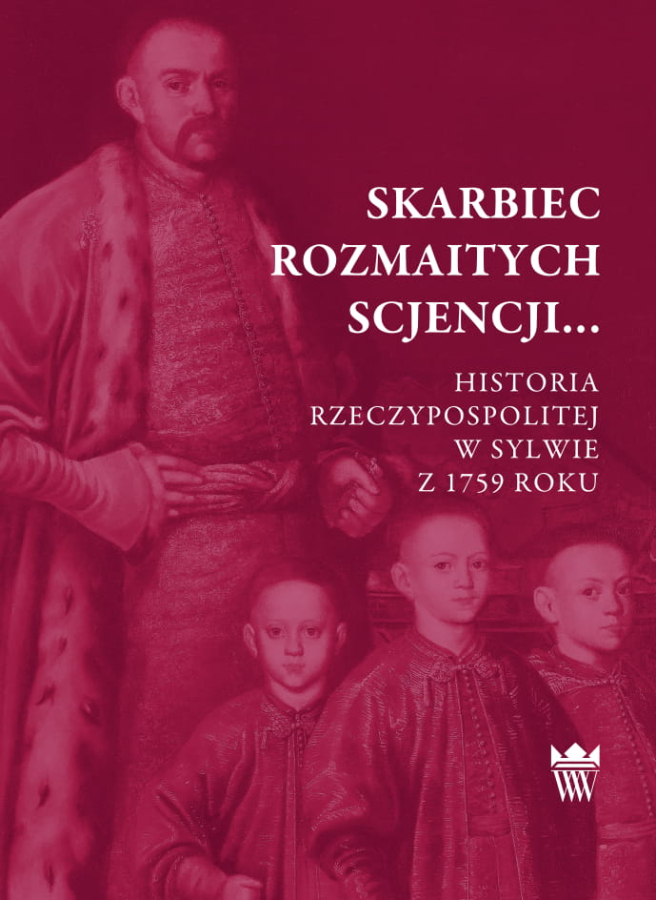
-
The Equestrian Portrait of Stanislaw Kostka Potocki by Jacques-Louis David
79.00 PLNView productAdd to cart
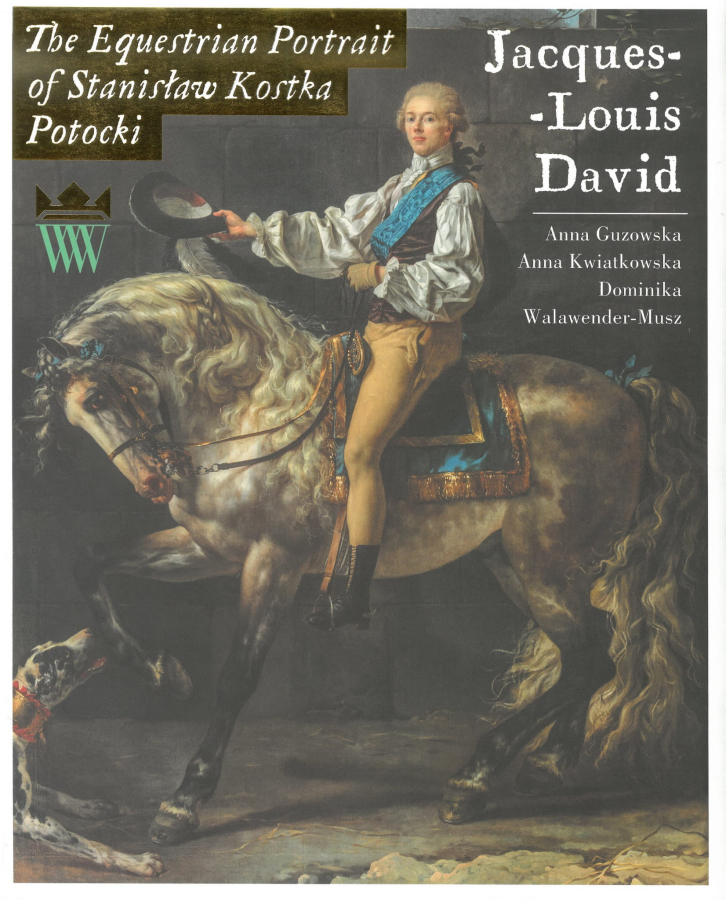
-
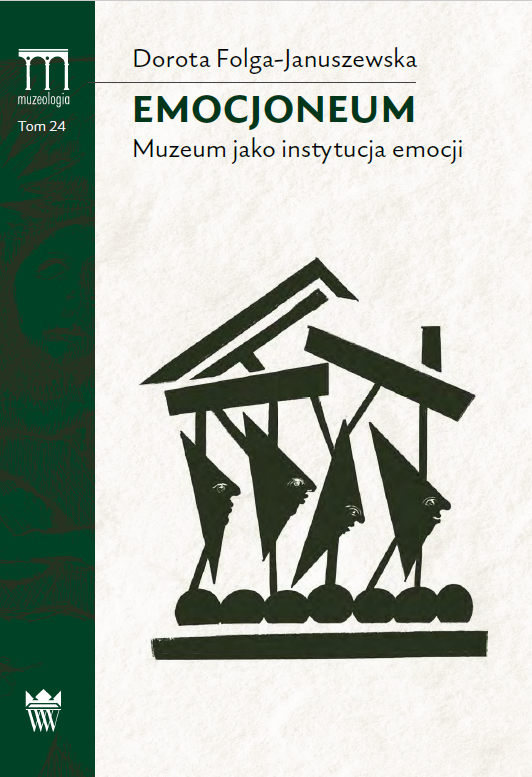
-
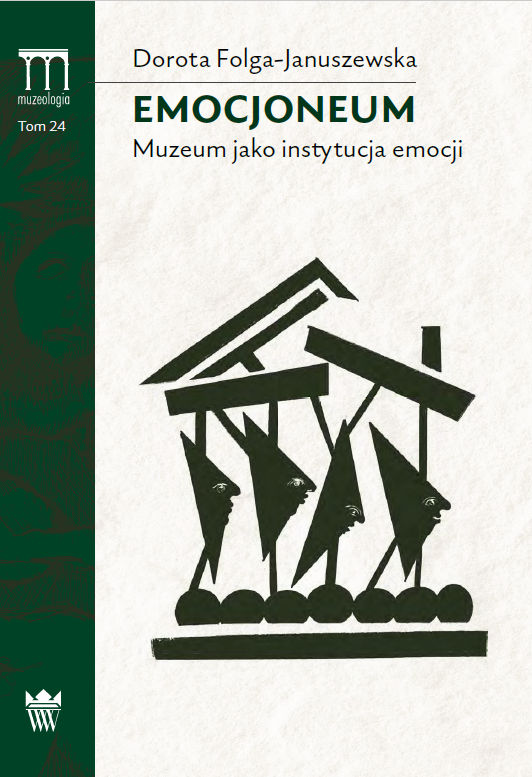
-
The Sports Museum is a Depository of the Idea of Kalokagatia – E-BOOK
20.00 PLNView productAdd to cart
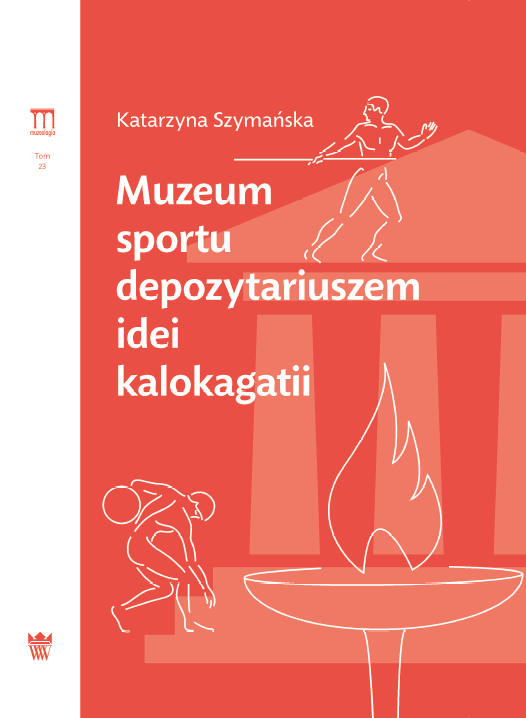
Recommended events
-
Buy a ticket
-
Visit with the King
- children 7-9
- teenagers 10-12
- workshops
- history, culture and art
- For groups
Read more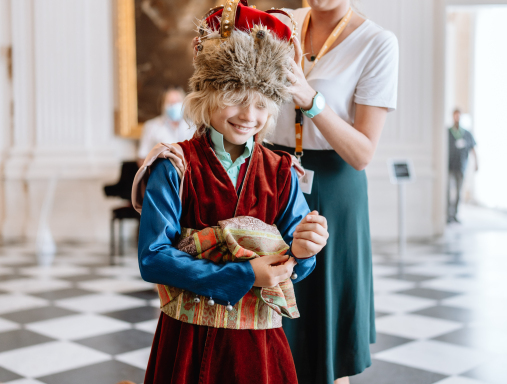 + 8 dates
+ 8 datesBuy a ticket
-
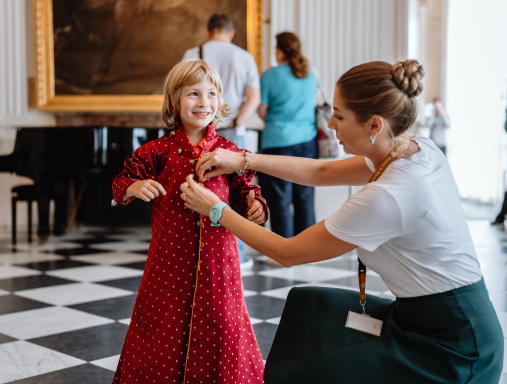 + 257 dates
+ 257 datesBuy a ticket
-
-
History and symbolism of the Palace interiors – route I and II
- adults
- thematic walk
- history, culture and art
- For groups
Read more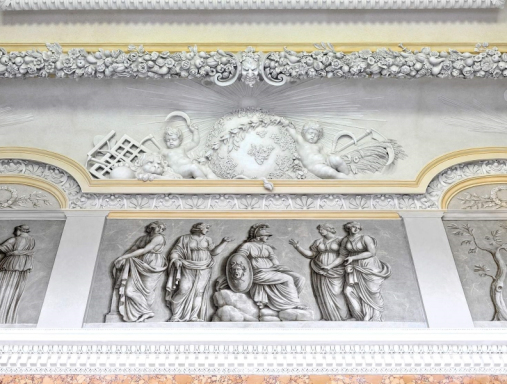 + 8 dates
+ 8 datesBuy a ticket
-
Buy a ticket
1
/
3
